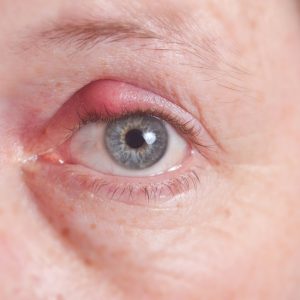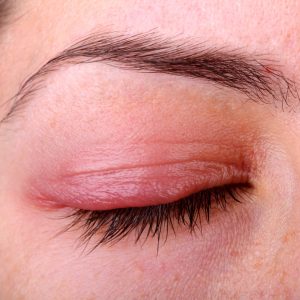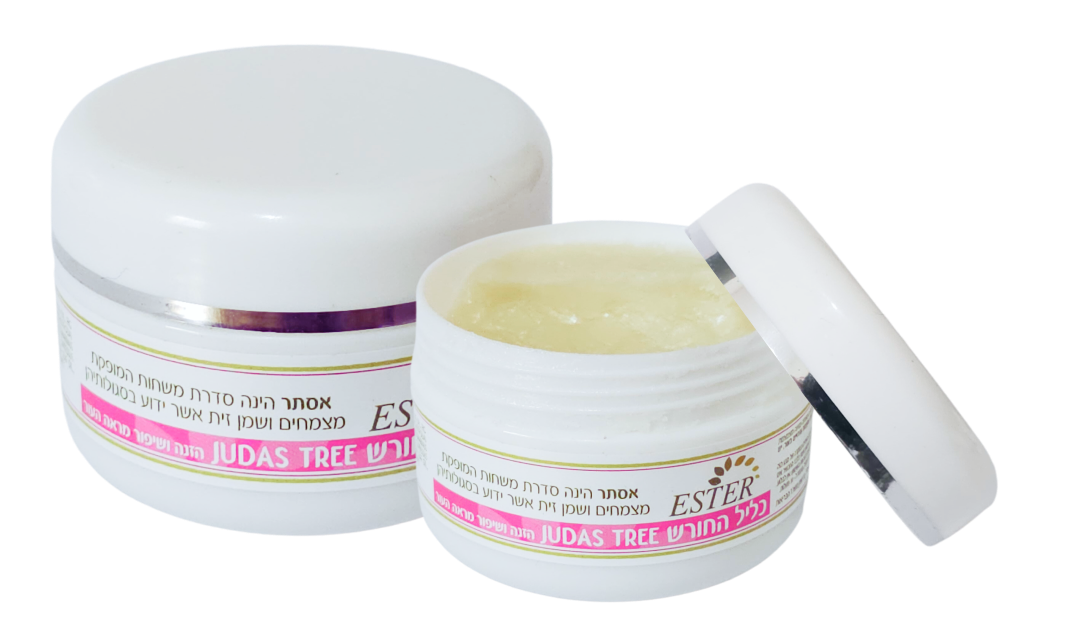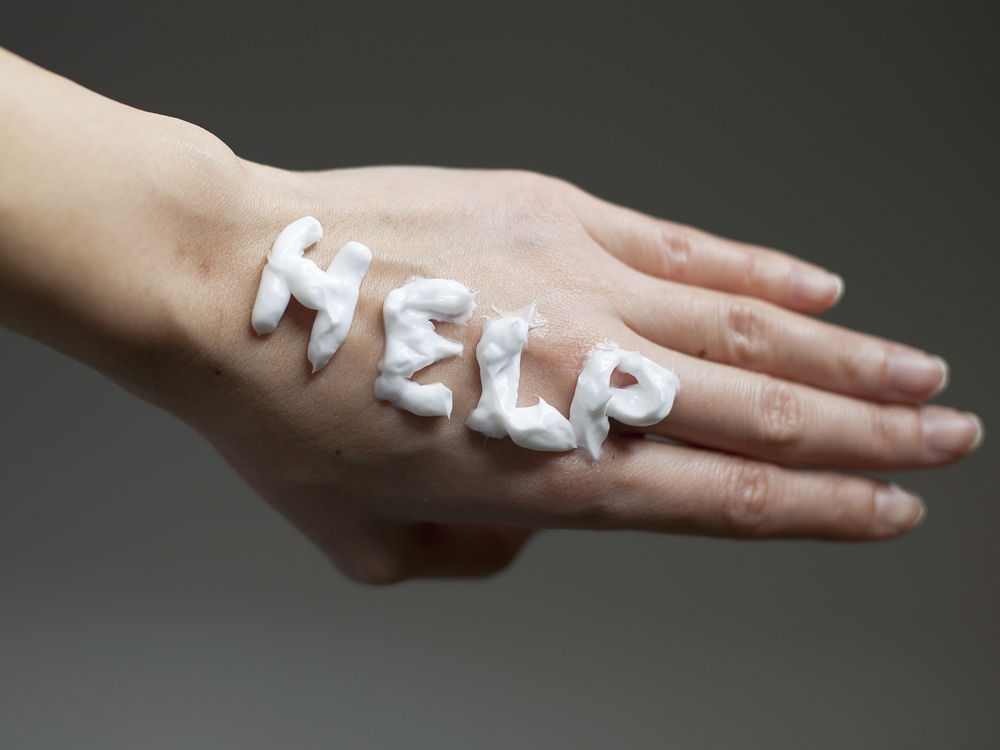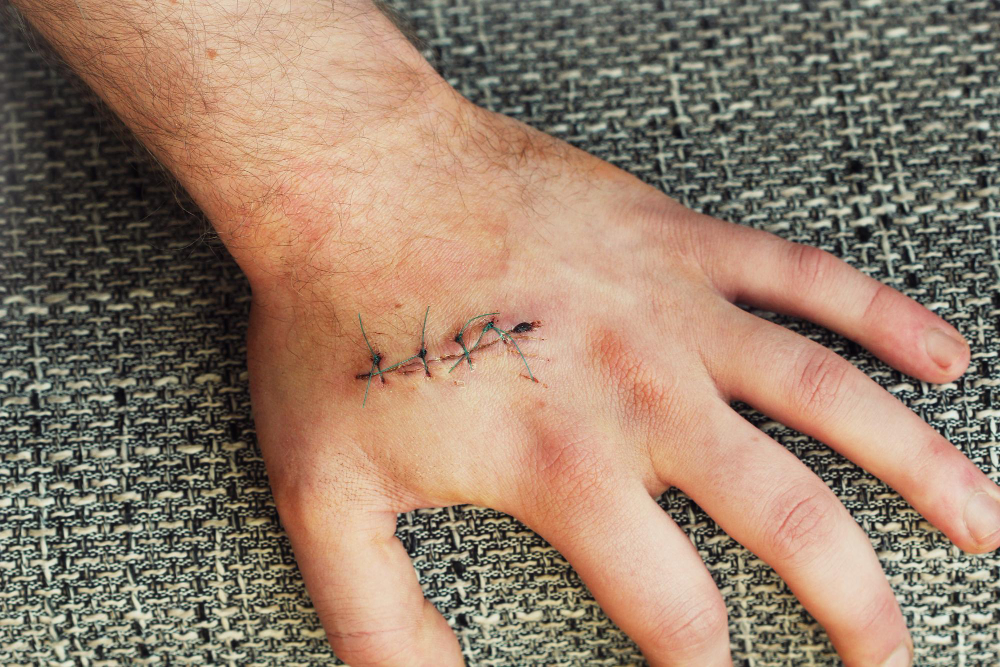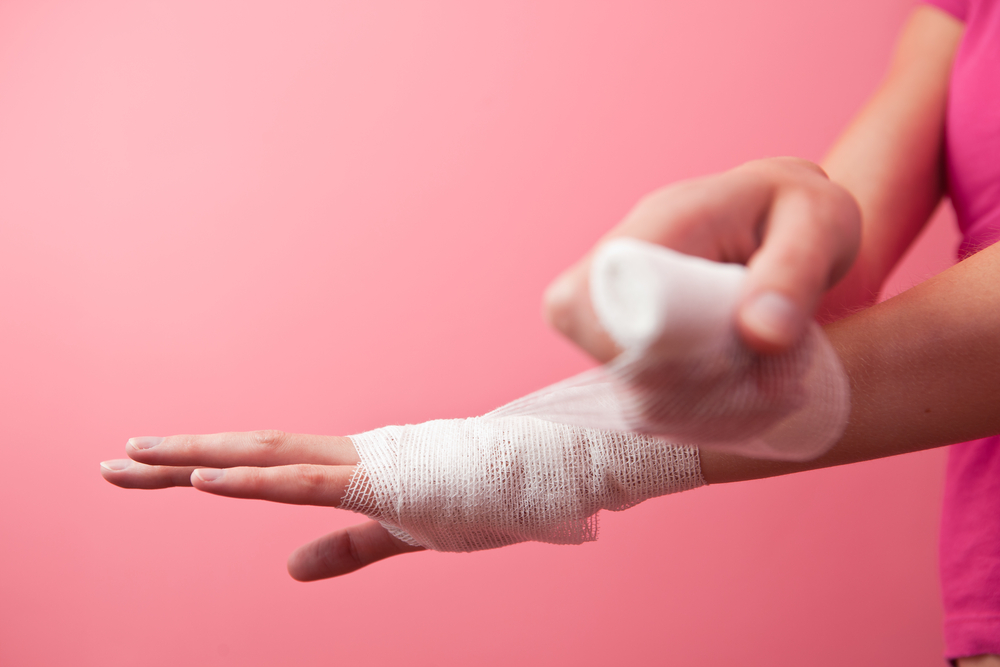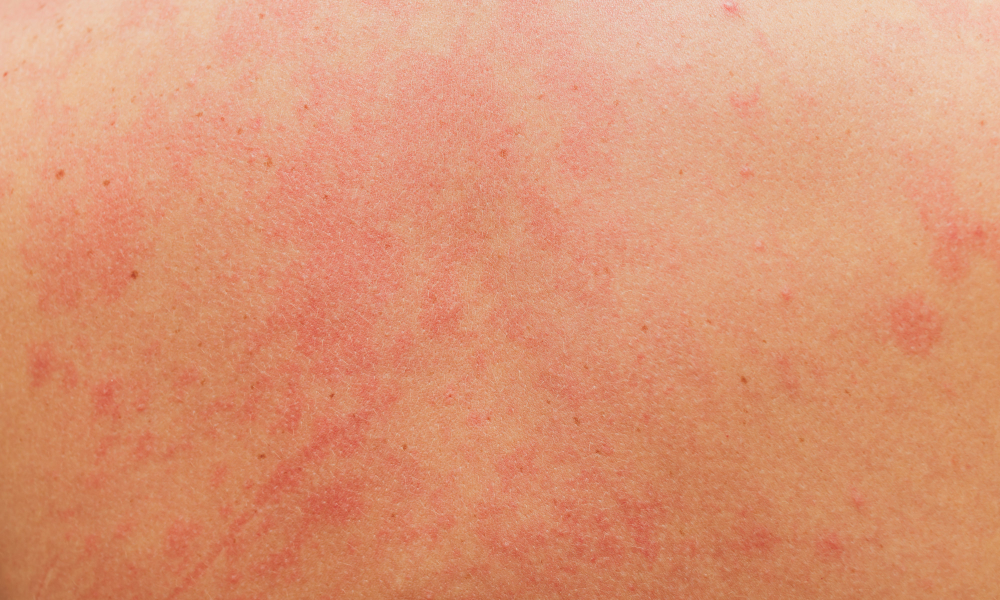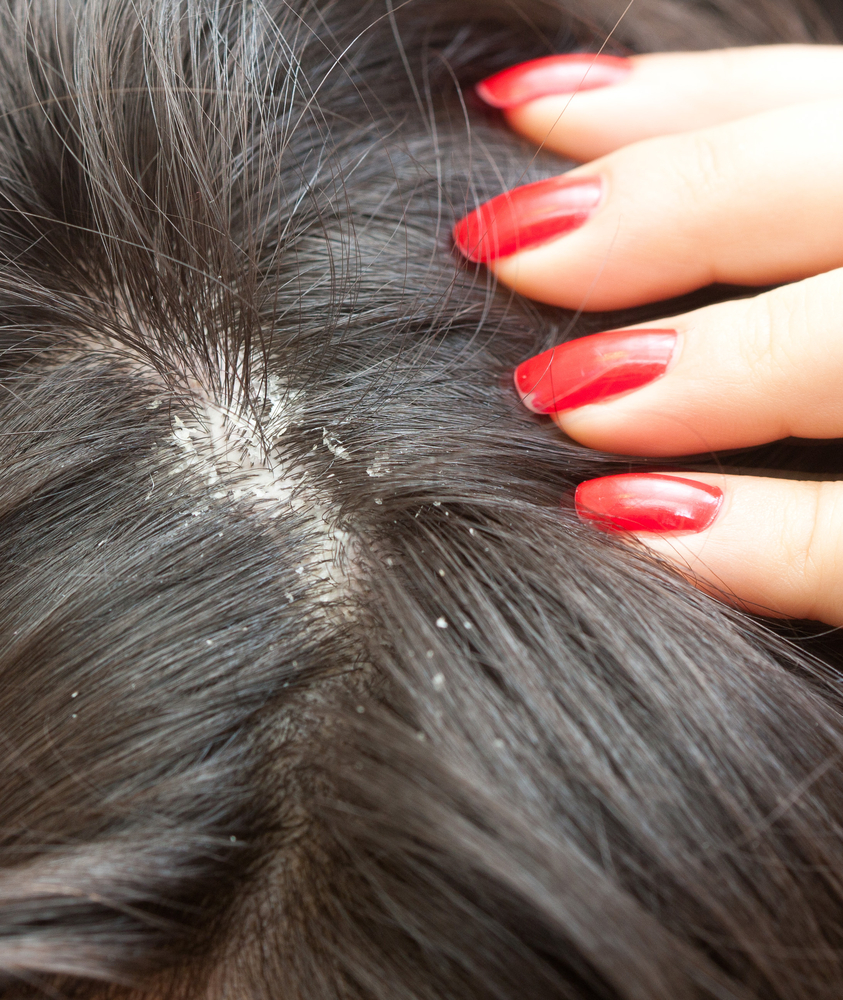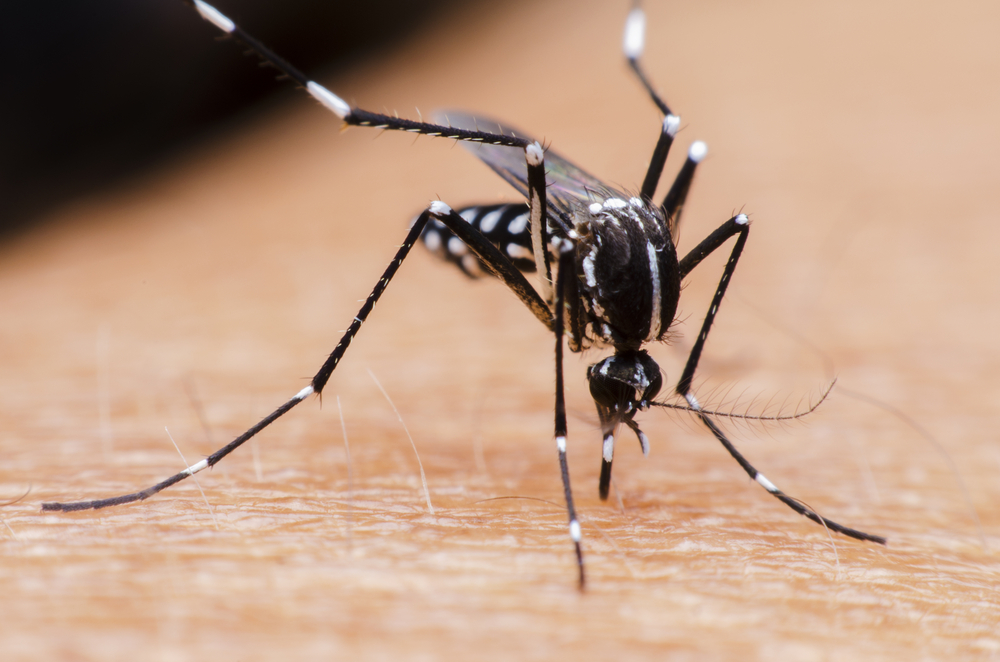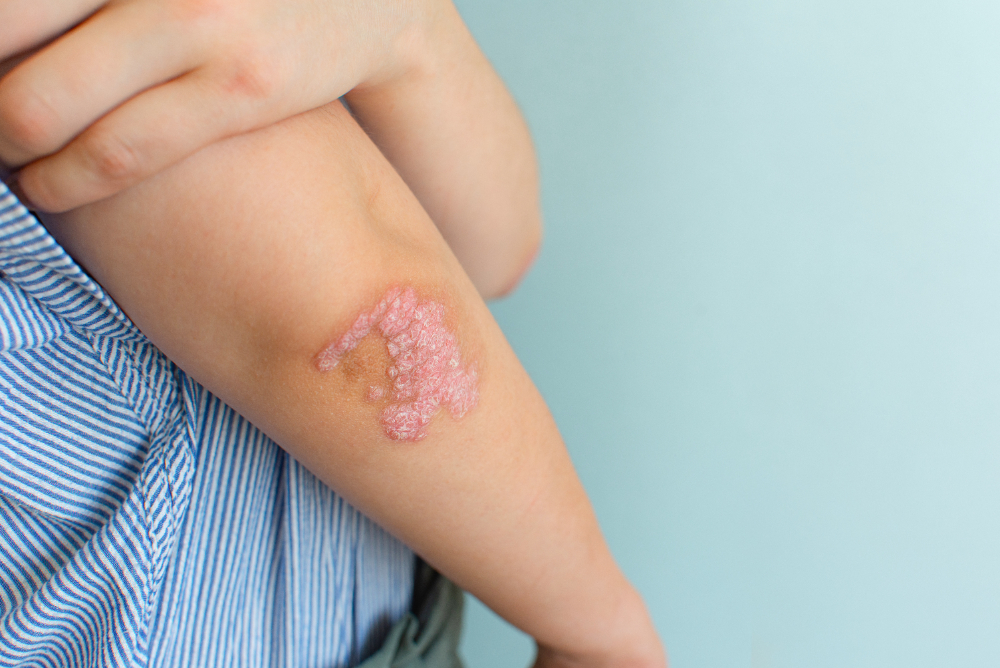Is a Stye Contagious?
A stye in the eye, which is typically characterized by symptoms such as watery eyes, mild swelling, redness around the eyelid, slight eyelid pain, and sensitivity to natural or artificial light, is not considered a contagious infection. However, in cases where the stye develops into a more severe eye infection (such as conjunctivitis), it can become contagious.
How to Treat a Stye in the Eye
There are several treatment options for a stye, including:
- Preventive care
- Medication, such as antibiotic ointments
- Over-the-counter creams or topical treatments
- Natural remedies
To help prevent the development of a stye, it is important to maintain daily eye hygiene, which can be done using products specifically designed to clean the area around the eyes.
Important to Know:
If a stye has already started forming, do not rub or scratch your eye, as doing so can worsen the condition and increase the risk of infection.
Quick treatment is only possible when the stye is external. If the stye develops deeper inside the eyelid, symptoms tend to be more severe and complex, and a proper diagnosis by an eye doctor is necessary.
In severe cases where traditional treatments fail, a minor surgical procedure may be needed to drain the stye.
Medications for a Stye
In most cases, doctors prescribe an antibiotic ointment to be applied to the outside of the eyelid. This is often effective in treating the stye, especially when combined with proper eye hygiene using gentle, soap-based cleansing products.
Judas Tree Ointment for Stye
To treat a stye, you can apply Judas Tree ointment, which may help soothe and support healing in the affected area.
Examples


